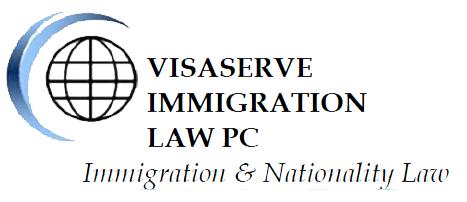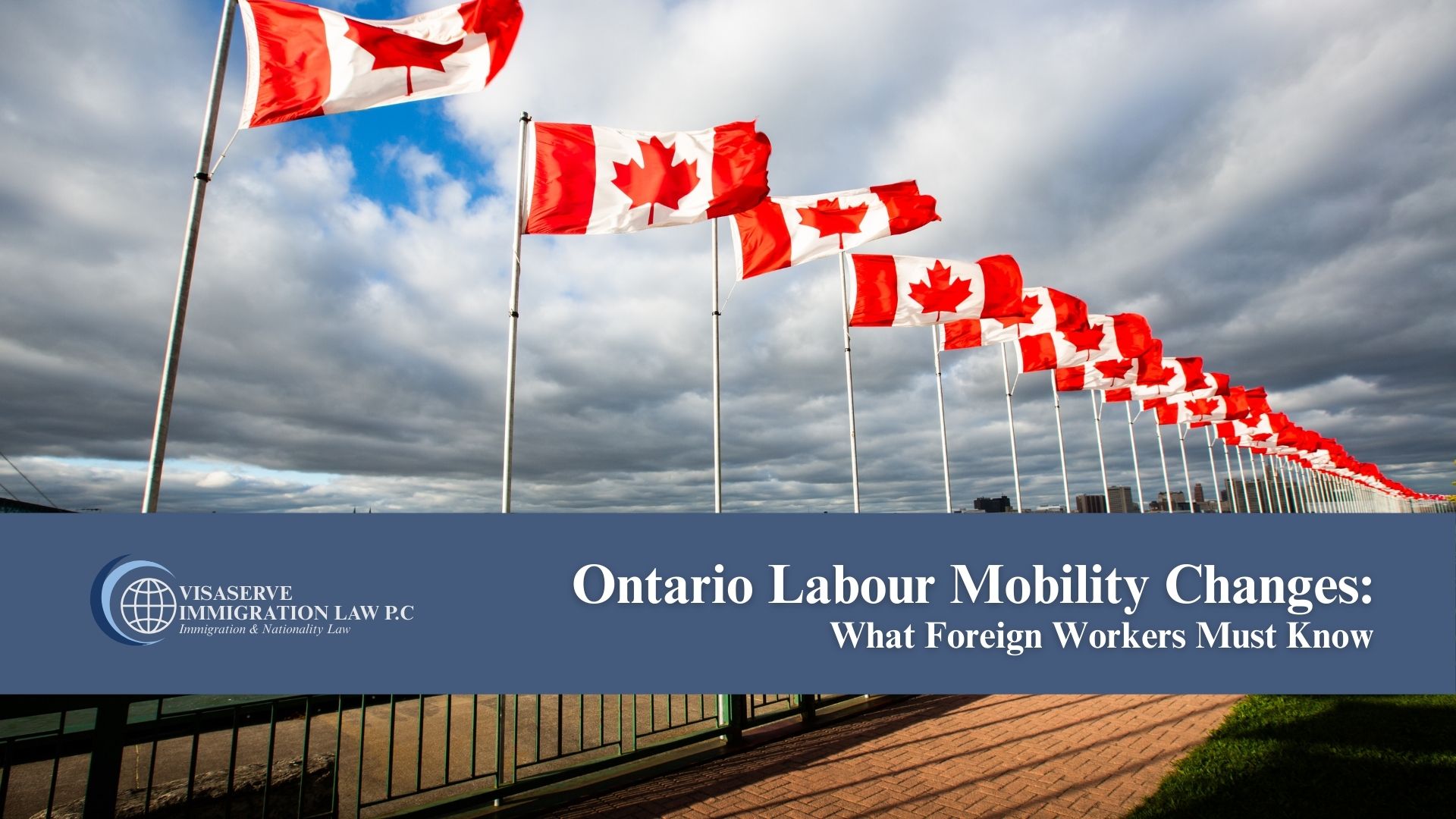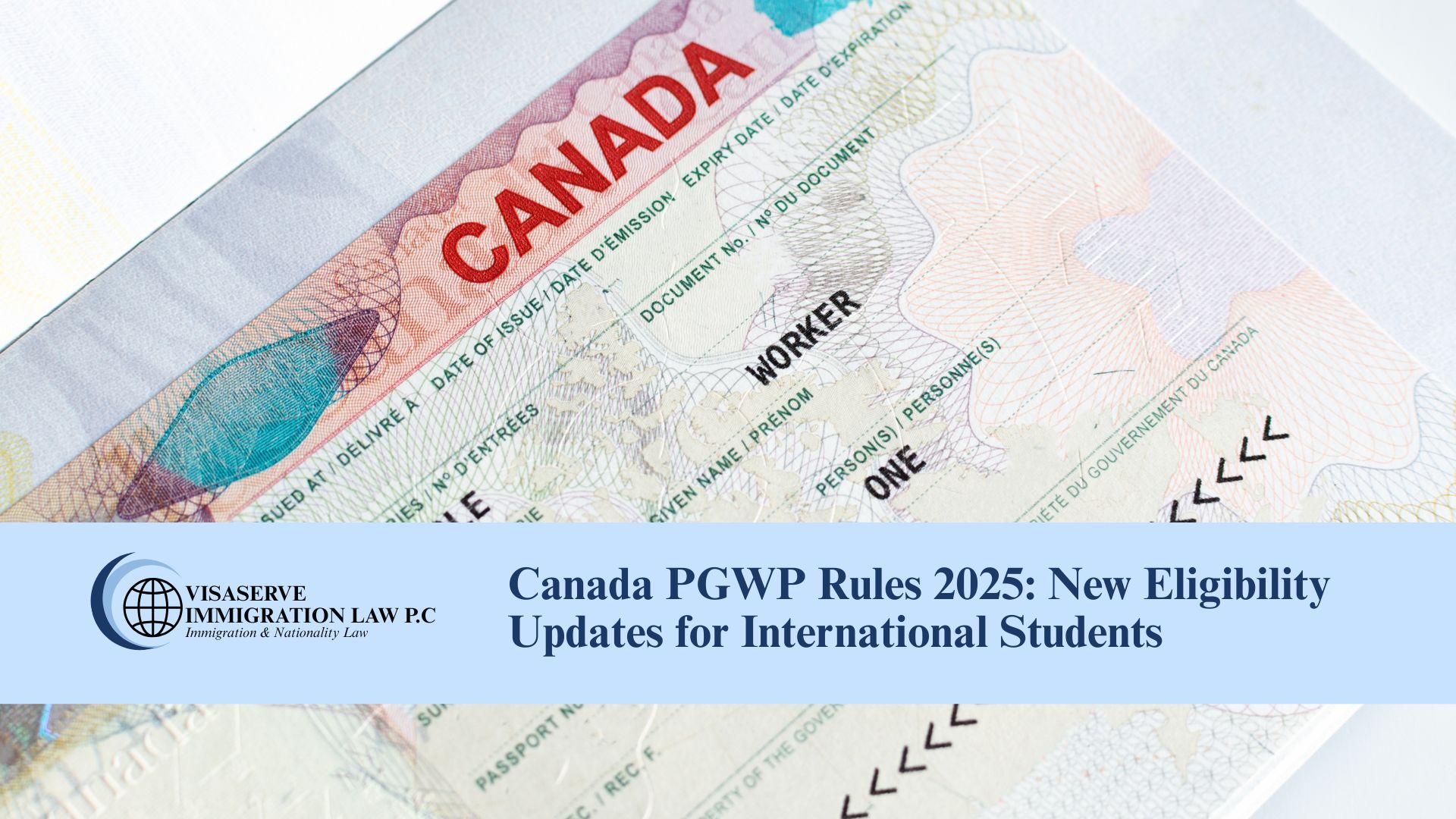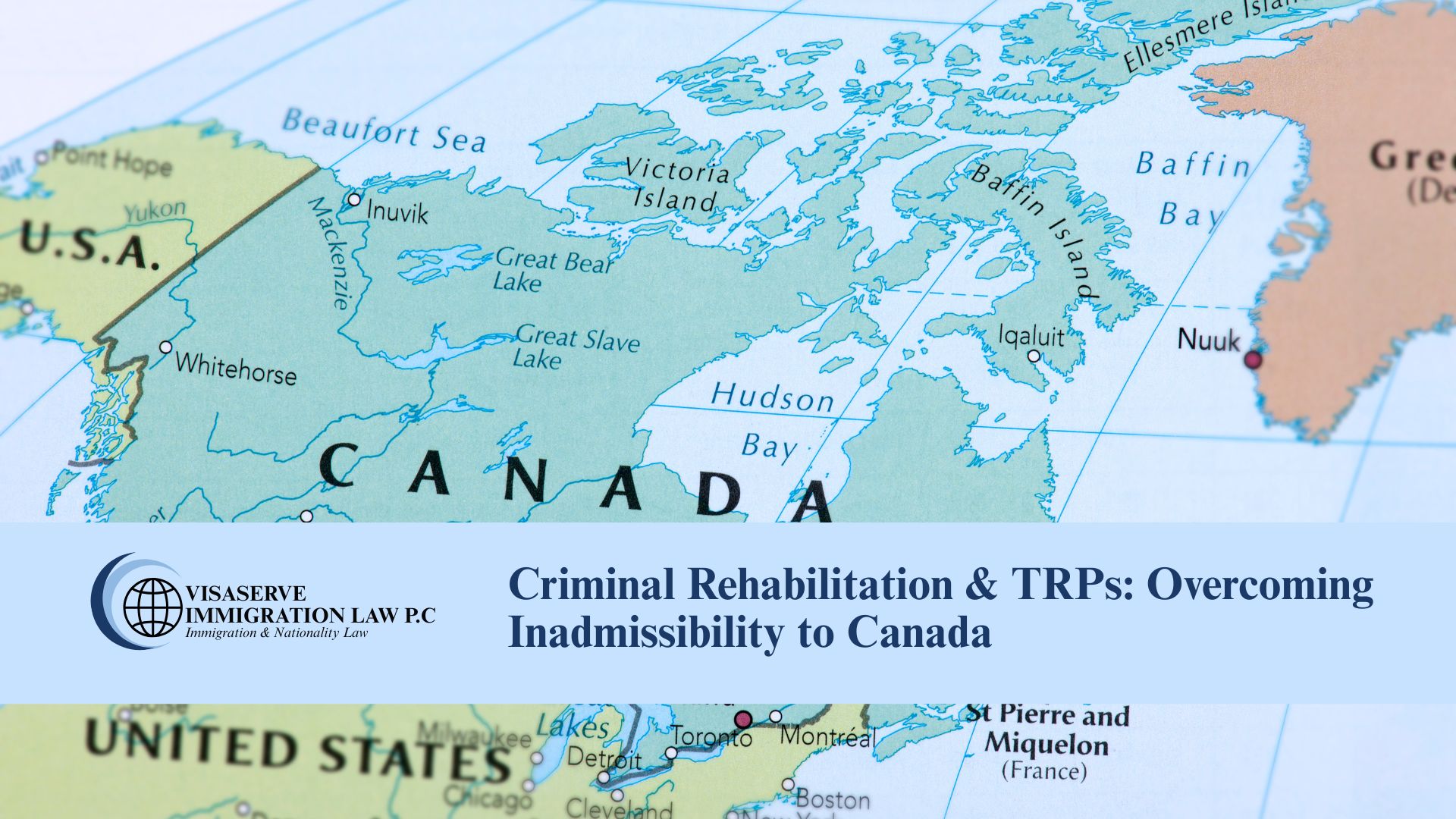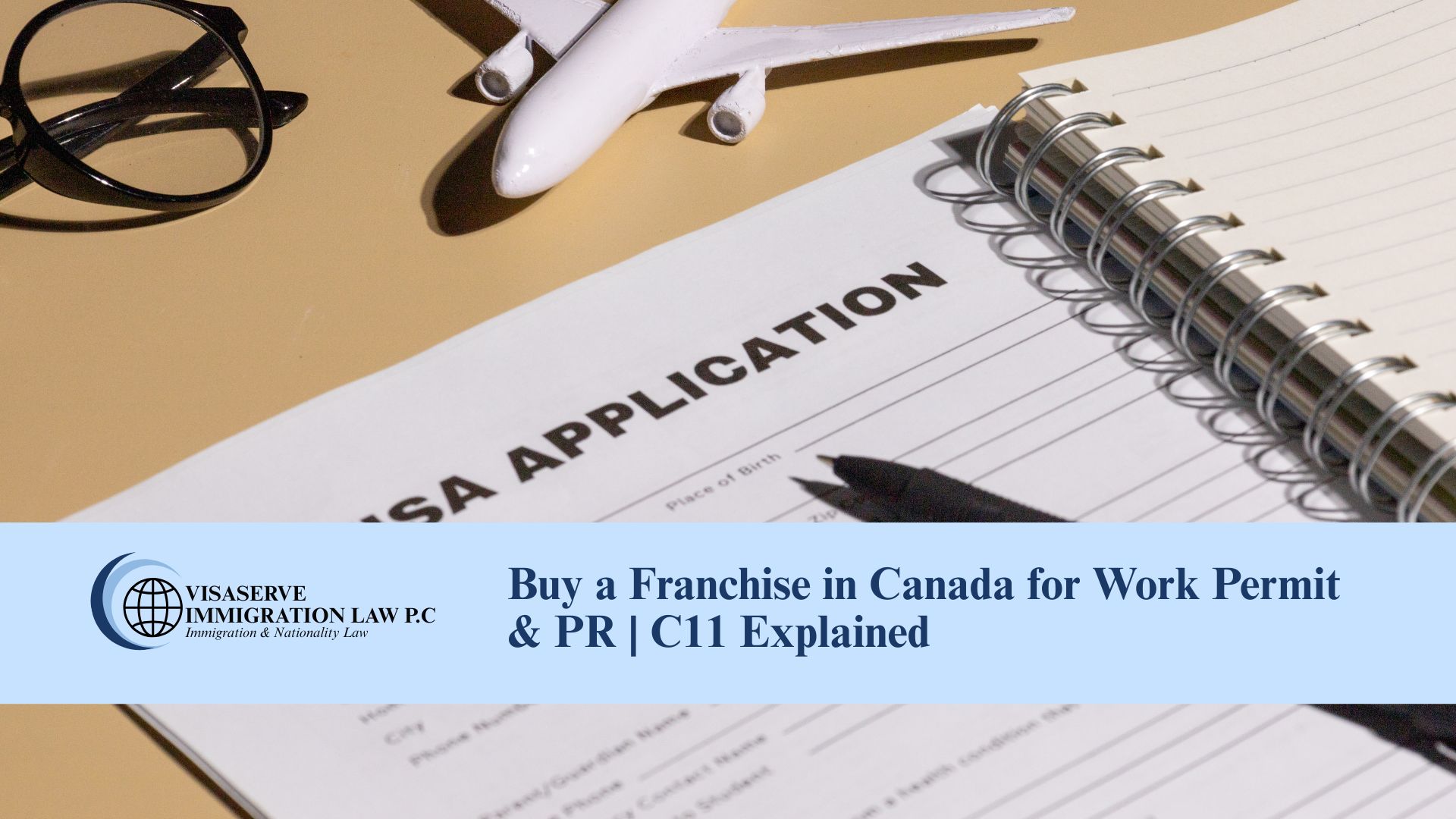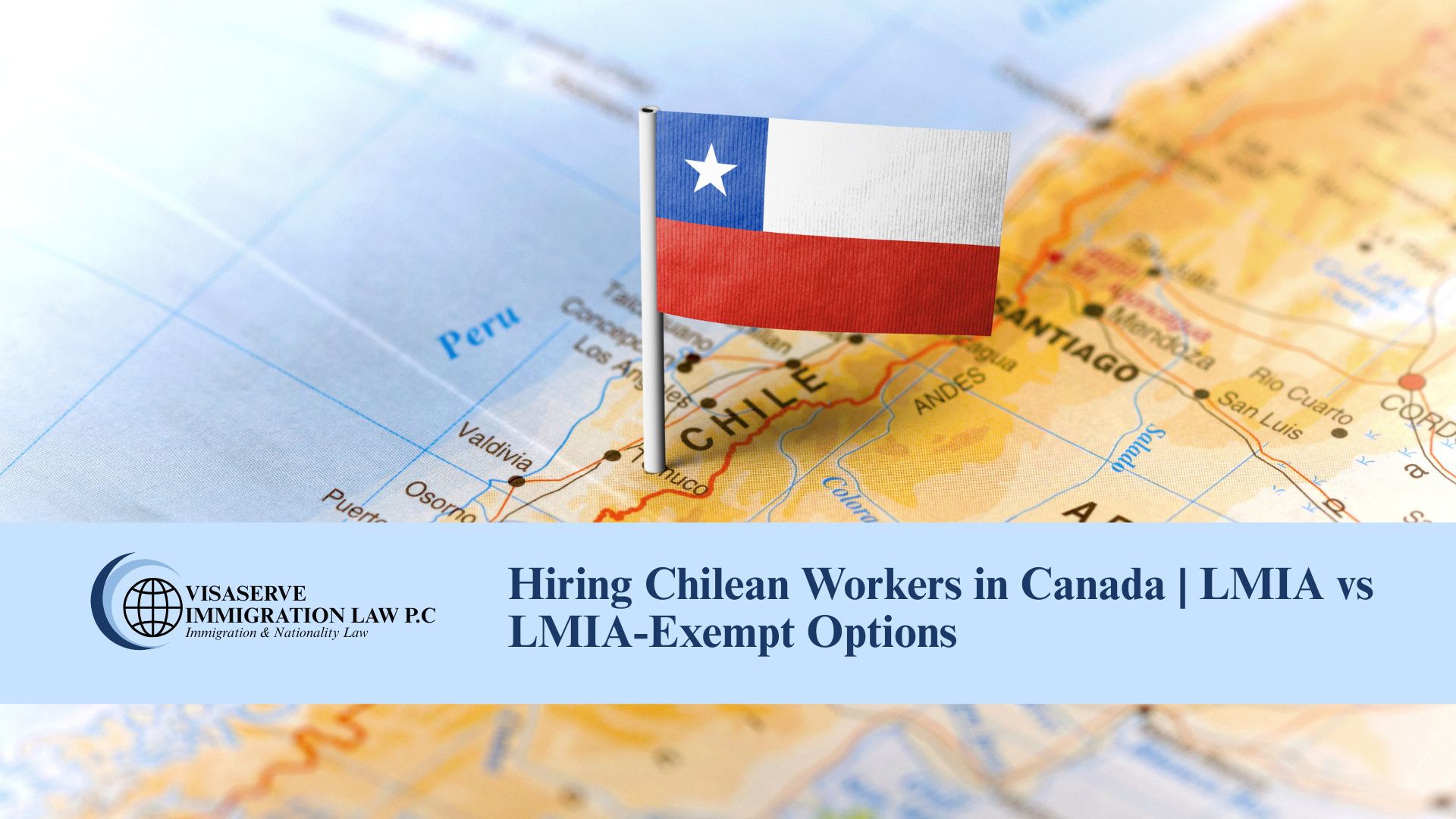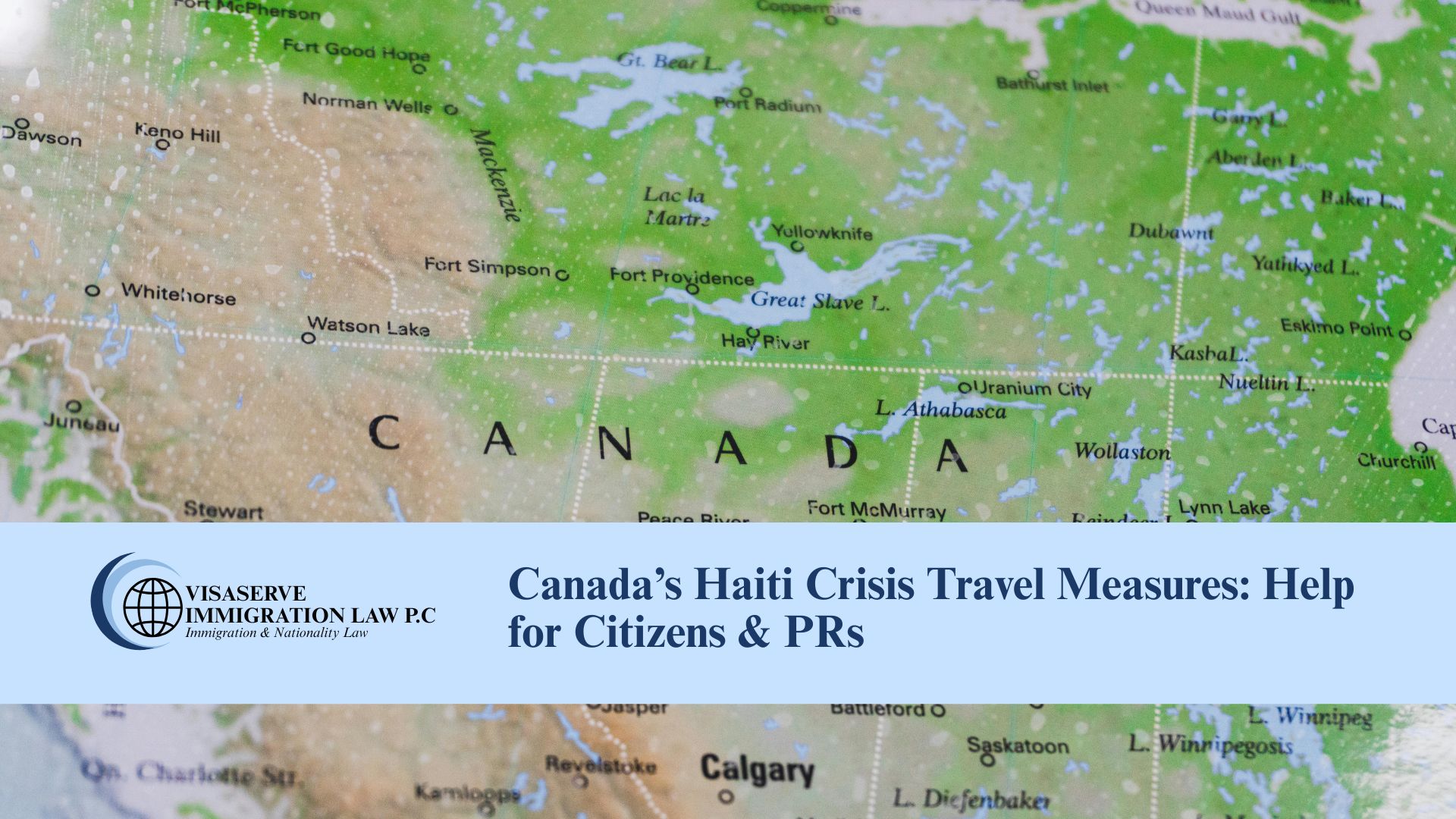On September 1, 2025, Ontario announced landmark labour mobility changes designed to remove interprovincial barriers and strengthen Canada’s workforce. These reforms—set to take effect on January 1, 2026—will allow certified professionals such as engineers, architects, electricians, and surveyors to begin working in Ontario within 10 days of credential confirmation by a regulator.
This initiative is the first of its kind in Canada and aims to unify the domestic labour market while ensuring that the province remains competitive amid global trade pressures and U.S. tariffs.
What Do “As of Right” Rules Mean?
The “As of Right” rules establish that certified professionals from other Canadian provinces and territories will be recognized quickly and permitted to practice in Ontario without the long waiting periods previously required. According to the Ontario government, the new process will replace a registration system that often delayed employment for several months.
These changes will apply across more than 50 regulatory authorities and 300 certifications, ensuring faster access to critical sectors such as construction, infrastructure, and technology.
Why This Matters for Foreign Nationals
While these rules directly benefit Canadian workers, they also have implications for foreign nationals and visa holders:
-
Pathways to Permanent Residence (PR): Many foreign professionals arrive in Canada through work permits and later seek PR via programs like the Express Entry system or Provincial Nominee Programs (PNPs). Ontario’s streamlined credential recognition may indirectly increase demand for skilled workers, benefiting newcomers with Canadian qualifications.
-
Interprovincial Mobility After PR: Once foreign nationals obtain permanent residence and achieve provincial licensure, these new rules will allow them to move and work freely across provinces with fewer restrictions.
-
Investor and Employer Benefits: Foreign investors establishing businesses in Ontario will benefit from a broader, more mobile pool of skilled workers, allowing them to meet labour shortages quickly.
Quick Facts from the Ontario Announcement
-
Approximately 20% of occupations in Canada are regulated, meaning credentials are required to practice.
-
In 2023, about 3,000 labour mobility applications were processed in Ontario across 14 regulated professions and 23 compulsory trades.
-
The government is working with other provinces and territories to harmonize occupational health and safety training standards to support these changes.
(Source: Government of Ontario, Ministry of Labour, Immigration, Training and Skills Development, September 2025)
What This Means for Skilled Immigration
For foreign workers seeking opportunities in Ontario, these reforms signal a stronger commitment to a flexible and competitive labour market. While immigration requirements for foreign nationals remain governed by Immigration, Refugees and Citizenship Canada (IRCC), the provincial changes may create more opportunities in regulated professions once permanent status is achieved.
Conclusion
Ontario’s new labour mobility framework represents a significant step toward a unified Canadian workforce. For foreign nationals, visa holders, and investors, these reforms highlight the province’s focus on reducing barriers, addressing labour shortages, and supporting long-term economic growth.
If you are a foreign professional or investor considering Ontario as your destination, it is important to stay informed about both federal immigration pathways and provincial licensing changes.
Ready to explore Ontario-based immigration pathways, contact Visaserve today to book an appointment with Barrister & Lawyer, Gagan Mundra.
